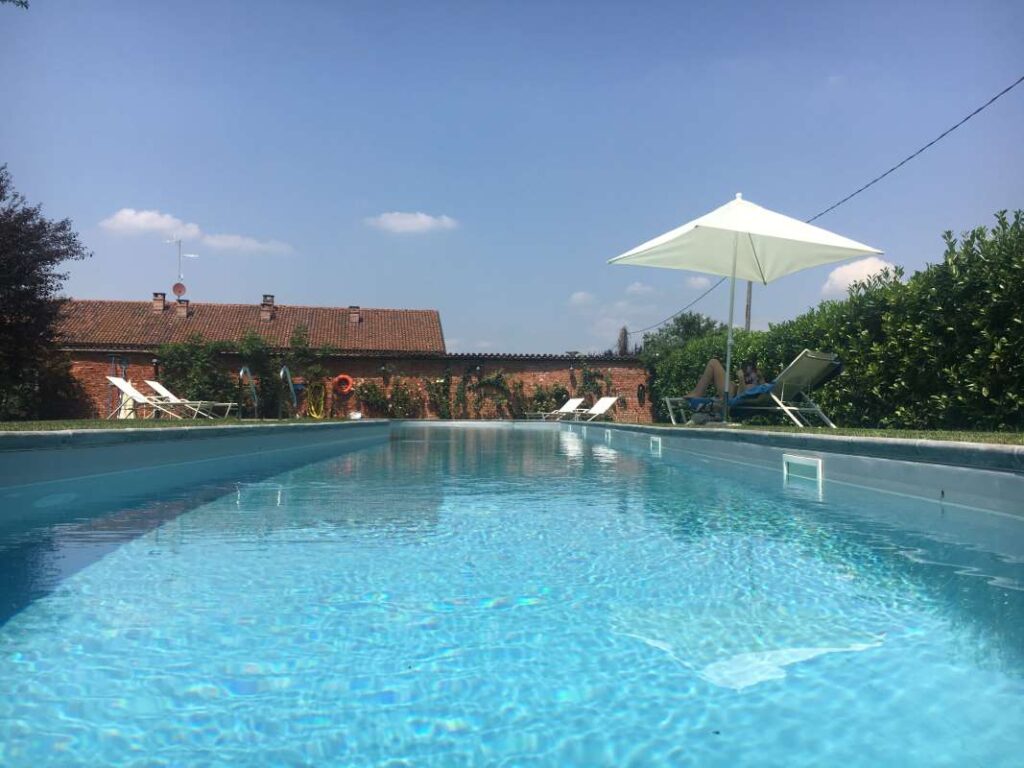How to Triple Profits with Better Route Mapping
In today’s competitive landscape, knowing how to optimize your pool service routes can mean the difference between thriving and merely surviving. Route mapping is not just a logistical necessity; it’s a powerful tool that can significantly boost your profits. This article delves into the importance of effective route mapping and provides actionable strategies to help you enhance your pool service efficiency and maximize your revenue.
By implementing better route mapping techniques, you can reduce fuel costs, optimize labor, and improve customer satisfaction—all of which contribute to your bottom line. We’ll explore various methodologies, tools, and best practices that can lead to more streamlined operations. Whether you are an entrepreneur entering the pool maintenance industry or an established business owner, understanding and refining your route planning can lead to significant financial gains.
From utilizing modern technologies to understanding geographical dynamics, this article aims to equip you with the knowledge to transform your route planning into a profit-generating machine. Let’s dive into the multifaceted world of route mapping and discover how you can triple your profits today.
Understanding the Basics of Route Mapping
At its core, route mapping involves determining the most efficient paths for service delivery. It requires a thorough understanding of your service areas, customer locations, and the logistics of your operations. Effective route mapping can lead to lower operational costs and improved service times, which are critical in the competitive pool maintenance market.
According to recent studies, companies that utilize route optimization technologies can reduce fuel consumption by up to 20%. This reduction not only lowers operational costs but also contributes to a smaller carbon footprint. For pool service companies, where transportation often represents a significant portion of expenses, these savings can lead directly to increased profits.
For instance, consider a pool service company operating in Florida. By mapping out the most efficient routes that minimize travel time and fuel use, they can serve more customers in a day, thereby increasing their revenue potential. Utilizing software designed for route optimization can assist in achieving these efficiencies by analyzing various factors, such as traffic patterns and service windows.
Leveraging Technology for Route Optimization
With the advancement of technology, businesses can utilize various tools to streamline their route planning. Tools such as GPS tracking, route optimization software, and mobile applications can revolutionize the way pool service companies manage their daily operations. These technologies not only enhance efficiency but also improve customer satisfaction.
For example, software solutions like Route4Me or OptimoRoute can provide real-time data regarding traffic conditions and suggest alternate routes to avoid delays. This ensures that your service team always takes the most efficient path, saving both time and fuel. Furthermore, these applications can incorporate customer preferences and service history into route planning, allowing for a more tailored approach.
Another critical aspect is integrating these technologies with your customer management systems. By consolidating data from both platforms, you can guarantee that your teams have all necessary information at their fingertips, leading to better service delivery and enhanced customer relationships.
Geographic Considerations in Route Mapping
Understanding the geographic dynamics of your service areas is crucial for effective route mapping. Florida and Texas, for example, present unique challenges and opportunities due to their size, population density, and customer distribution patterns. Effective route planning should take into account not only customer locations but also regional traffic patterns and seasonal fluctuations.
In densely populated urban areas, like Miami or Houston, you may face increased traffic congestion, which can significantly affect service times. Here, understanding peak traffic hours and planning routes that avoid these areas can save precious time. On the other hand, rural areas may require different strategies, such as grouping customers in similar locations to minimize travel time.
By analyzing your geographic areas, you can create zones that optimize service delivery, allowing your business to serve more customers efficiently. This approach can be particularly beneficial when considering expansions or acquiring new pool routes, as it helps identify areas of high demand and lower competition.
Best Practices for Effective Route Mapping
To maximize your profits through better route mapping, consider implementing some best practices that have proven successful in the field. First and foremost, regularly review and update your routes based on customer feedback and changing service demands. This ensures that you remain responsive to customer needs and can adapt to any changes.
Secondly, train your staff on the importance of following optimized routes. While technology can provide the data, human execution is key. Ensuring that your team understands the rationale behind optimized routing can improve adherence and efficiency.
Additionally, maintaining open lines of communication with your customers can provide valuable insights into their preferences and needs. This can further inform your routing decisions, allowing for more personalized service that can enhance customer satisfaction and loyalty.
Implementing Feedback Loops for Continuous Improvement
Incorporating feedback loops into your route mapping process can lead to significant ongoing improvements. By regularly soliciting feedback from your team and customers regarding service times and satisfaction, you can identify areas where your routing may need adjustments.
For instance, if customers consistently report delays on specific routes, it may be time to reassess those paths, perhaps by using alternative routes or staggering appointments differently. Additionally, implementing a system for your employees to report inefficiencies or challenges they face in the field can lead to valuable insights that may not be apparent from data alone.
Utilizing customer relationship management (CRM) tools can help facilitate this feedback process. By tracking customer interactions and service history, you can analyze trends and make informed decisions for future route adjustments.
Case Studies: Successful Route Mapping Strategies
Several companies have successfully implemented effective route mapping strategies to enhance their profitability. For instance, a pool service company in Texas increased its service capacity by 30% by utilizing route optimization software that analyzed traffic patterns and service demands. This allowed them to reduce their average service time while accommodating a higher volume of clients.
Another example can be found in Florida, where a pool service business employed GPS tracking to monitor its fleet. By analyzing travel data, the company identified inefficiencies in their routing that led to significant cost savings and improved service delivery times. Such practical applications of route mapping illustrate the tangible benefits of optimizing service routes in the pool maintenance industry.
These case studies serve as a testament to the potential rewards awaiting businesses willing to invest time and resources into enhancing their route mapping techniques. Whether through technology adoption, training, or responsive customer engagement, the opportunities for improvement are abundant.
Conclusion
In conclusion, mastering the art of route mapping is not merely an operational concern but a pathway to significantly increasing profits in the pool service industry. By leveraging technology, understanding geographic implications, and implementing best practices, businesses can optimize their operations for greater efficiency and customer satisfaction.
The potential for tripling profits through effective route mapping is not just a dream—it’s a tangible goal that can be achieved with dedication and strategic planning. As you embark on this journey, consider reaching out to industry experts or exploring resources that can assist in refining your approach.
For further guidance on pool routes for sale and how to enhance your business operations, visit [Pool Routes for Sale](https://pool-routes-for-sale.com/). Take the first step towards transforming your pool service company into a more efficient and profitable venture today!



